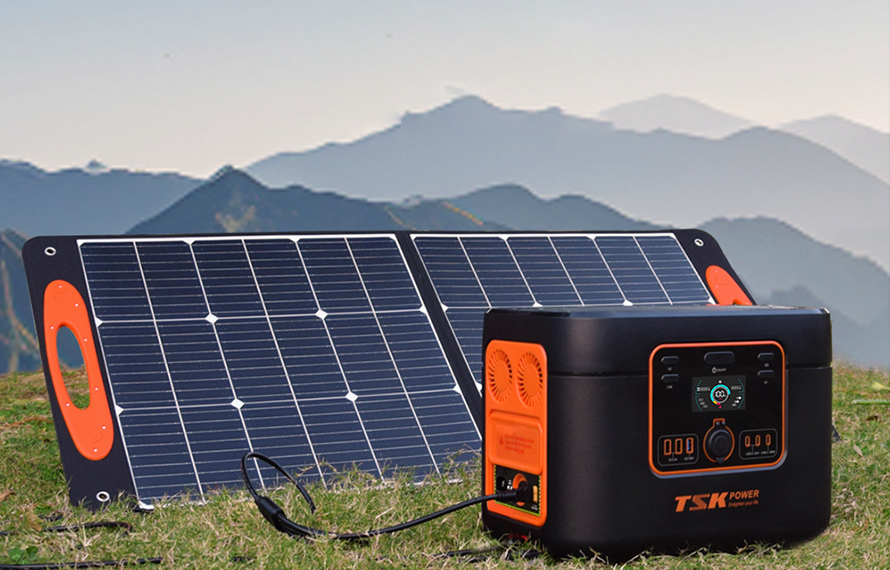
Want to do energy storage power system, the first need to understand the components of the energy storage system: battery management system BMS, PCS, control system, distribution device, etc.
BMS system
Battery management system (Battery Management System, BMS) is a real-time monitoring system composed of electronic circuit equipment, effectively monitor the battery voltage, battery current, battery cluster insulation status, battery SOC, battery module and monomer status (voltage, current, temperature, SOC, etc.), the battery cluster charging, discharge process safety management, possible fault alarm and emergency protection treatment, battery module and battery cluster operation safety and optimization control, to ensure battery safe, reliable and stable operation.
The main function of energy storage BMS
1 Monitoring and controlling the status of the battery: Energy storage BMS can monitor the battery voltage, current, temperature, SOOC and SOH parameters, as well as other information about the battery. In this process, it uses tools such as sensors to collect battery data.
2 SOC (State of Charge) equilibrium: During the use of the battery pack, the battery SOC imbalance often occurs, which makes the performance of the battery pack decline and even lead to battery failure. Energy storage BMS can solve this problem with battery balancing technology, which keeps the SOC of all battery cells consistent by controlling the discharge and charging between batteries. The ilibrium depends on whether the energy of the battery is dissipated or transferred between batteries, and can be divided into two modes: passive equilibrium and active equilibrium.
3. Prevent battery overcharging or overdischarge: Overcharging or excessive battery discharge is an easy problem for battery components. Too much and too little charging and discharge will damage the battery pack components. Over-discharging and over-charging batteries can lead to reduced battery assembly capacity or even make them unusable. Therefore, the energy storage BMS is used to control the battery voltage to ensure the real-time state of the battery, and to stop charging after the battery reaches the maximum capacity.
4. Ensure remote monitoring and alarm of the system: Energy storage BMS can transmit data through wireless network and other means, transmit real-time data to the monitoring end, and fault detection and alarm information can be sent regularly according to the setting of the system. The Energy Storage BMS also supports flexible reporting and analysis tools that can generate historical data and event records for batteries and systems to support data monitoring and fault diagnosis.
5. Provide a variety of protection functions: energy storage BMS can provide a variety of protection functions to prevent battery short circuit, overcurrent and other problems, and ensure the safe communication between battery components. At the same time, it can also detect and deal with unit failure, single point failure and other accidents.
6. Control the temperature of the battery: the temperature of the battery is one of the important factors affecting the performance and life of the battery. Energy storage BMS can monitor the battery temperature and take effective measures to control the battery temperature to prevent too high or too low temperature from causing damage to the battery.
In short, the energy storage BMS can comprehensively monitor and control the battery energy storage system to ensure their safety, stability and performance, so as to achieve the best effect of the energy storage system. In addition, energy storage BMS can also improve the service life and reliability of energy storage systems, reduce maintenance costs and operational risks, and provide more flexible and reliable energy storage power solutions. Therefore, the energy storage BMS plays a vital role in the battery energy storage system.
 2024-08-21
2024-08-21
























